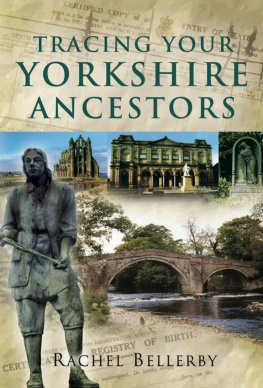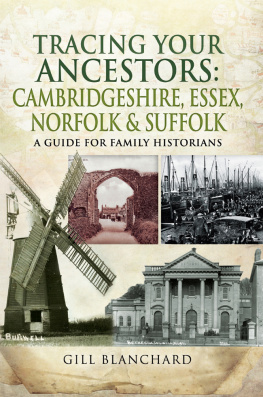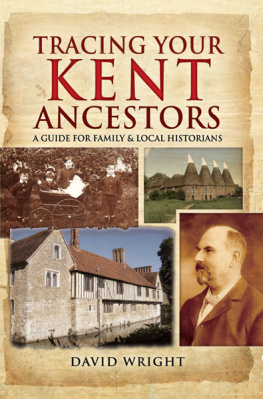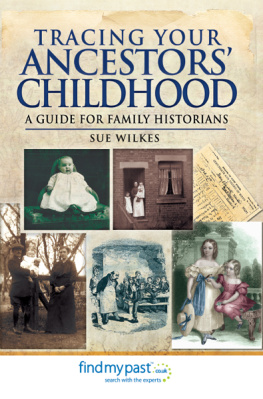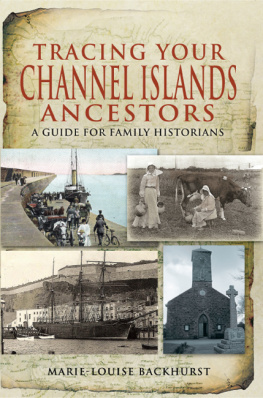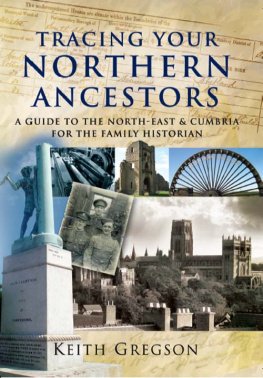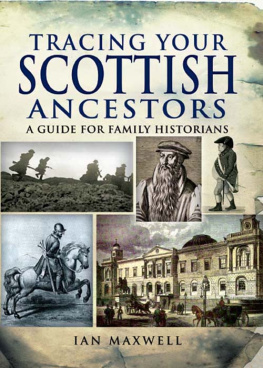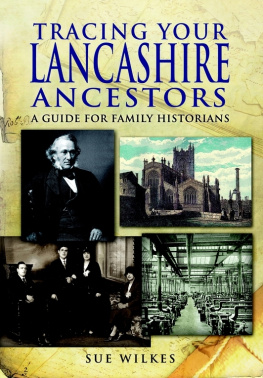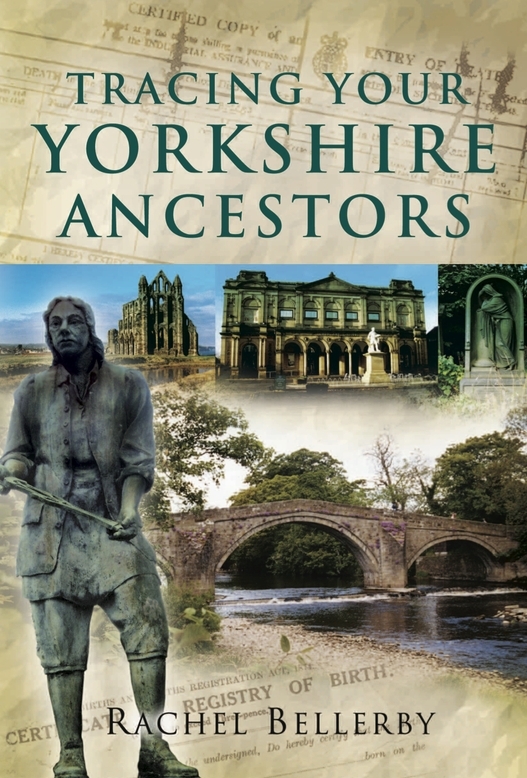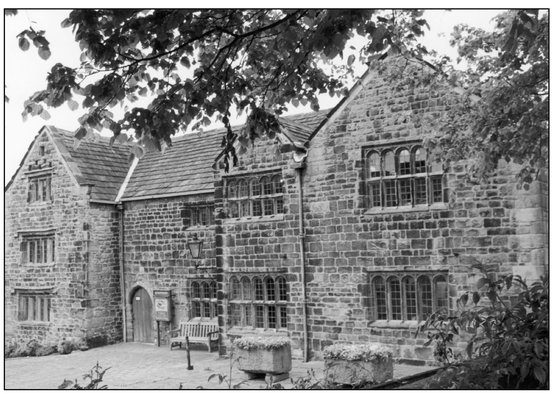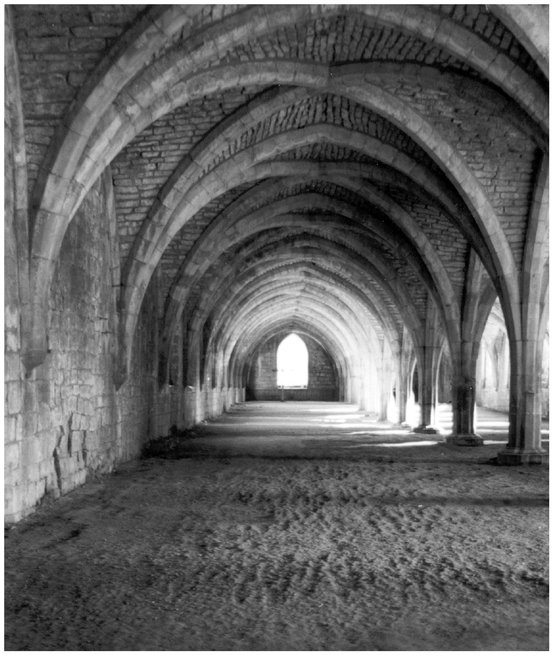Y orkshires diverse landscape, ranging from windswept moorland to thriving industrial towns has meant that the county has been home to hundreds of industries over the years. So many people have Yorkshire ancestors because of the fact that the county has been such a magnet for people seeking employment from around the country and further afield.
The four areas of the countyNorth, South, East and West Yorkshirehave traditionally been known for very different specialist industries. Of course, no industry was exclusive to one geographical area, but particular regions did have their own specialist trades and sometimes whole towns or villages were dominated by one particular industry, such as mining or textiles.
North Yorkshire has been known for farming and agriculture, largely due to the vast estates such as Fountains Abbey, which employed hundreds of local people in agricultural labour. South Yorkshire has a tradition of heavy industries such as mining, engineering and the manufacture of steel. East Yorkshire, with its coastal towns, is known for fishing and other marine industries and West Yorkshire was known worldwide for textile production.
The records of the respective areas reflect these specializations and we will look at these more closely in the first three chapters of this book.
THE GEOGRAPHY OF THE COUNTY
The diversity contained within Yorkshires landscape is immense. From the vast tracts of agricultural land that make up great estates such as Fountains Abbey in North Yorkshire to the quaint fishing ports of East Yorkshire; from the textile towns of West Yorkshire to the coal mines of South Yorkshire, most of the UKs main industries are represented within the county.
Although Yorkshire has a strong farming tradition, particularly in the north of the area, it has been more well known for heavy industries that mostly employed males. These included mining, fishing and engineering. Such trades often involved whole communities and so when trade was slack, an entire town or village could suffer the economic repercussions.
All three of the main heavy industries, mining, fishing and engineering, have roots that go back at least to medieval times. Some of the richest coalfields were in South Yorkshire, and it is only within the last few decades that most of these mines have closed forever. Before the twentieth century, these coalfields provided fuel that was exported all over the world. Yorkshires 114 miles of coast run along the east of the county and fishermen were braving the North Sea on a daily basis long before sonar equipment and expensive communication devices.
Whitby Abbey, a spectacular location on Yorkshires east coast.
Those tracing an ancestor in one of these heavy industries have several excellent archives to rely on, to supplement traditional sources such as birth, marriage and death certificates. This chapter will look at some of the help available and what you can expect to find in these archives.
FISHING IN YORKSHIRE
Before the eighteenth century, fish was a foodstuff reserved only for the wealthy and those who lived within a short distance of the sea. The prohibitive cost of transporting fish inland before it decayed meant that seafood prices were out of reach of the budget of ordinary families.
However, as the eighteenth century progressed and urban populations continued to climb, masses of people needed to be fed at a low cost. This is when fish began to be used more widely as a cheap and plentiful food source and fishermen came to find their services in great demand.
Trawler boats had always operated in the south of England, particularly around Devon and the Thames area and many made a good living supplying fish for London markets. Gradually, the trawlermen came further around the coast away from the Thames area towards the North Sea. Some of the men would stay away from their home for the entire fishing season, living in local lodgings and fishing every day.
In 1821, two fishing smacks set out on a trawling venture sponsored by the Hull Corporation and Colonel Ralph Creyke of Marton Hall. This was one of the first attempts to fish on a large scale off the coast of Yorkshire. Although the mens trawling gear was damaged during the trip, they felt that enough potential had come out of the expedition for it to be repeated.
The next few decades saw trawling take off in the East Yorkshire coastal areas. But when the trawlers landed at Scarborough to offload and sell their huge catches, they faced fierce opposition from local fisherman, jealous of their success and on several occasions were physically prevented from landing their catches in the town.
The trawlers moved to Hull, where they had a better reception and their fish was taken inland up the River Humber, eventually being particularly well received in Manchester. This was the first time that Manchester had received large consignments of fish to feed its population, which was growing hugely due to the jobs created by the Industrial Revolution.
The take off of the railways industry helped the fish trade to prosper, as for the first time perishable foodstuffs like fish could be transported quickly to the shops and markets where they were sold on. This stimulated the demand for trawlers and the lucrative trade brought in more fish than ever before. The years between 1840 and 1860 were particularly crucial in the growth of the trawling trade. This is shown by figures for the registration of fishing vessels in Hull. In 1840, there were seven fishing vessels registered in the town. Ten years later there were thirty-five, in 1860, the number had increased to 177 and by 1870 there were 250, with 400 just eight years later. It was estimated that, by 1883, the fish trade in Hull was worth over 1 million and employed over 2,000 people in the area.

